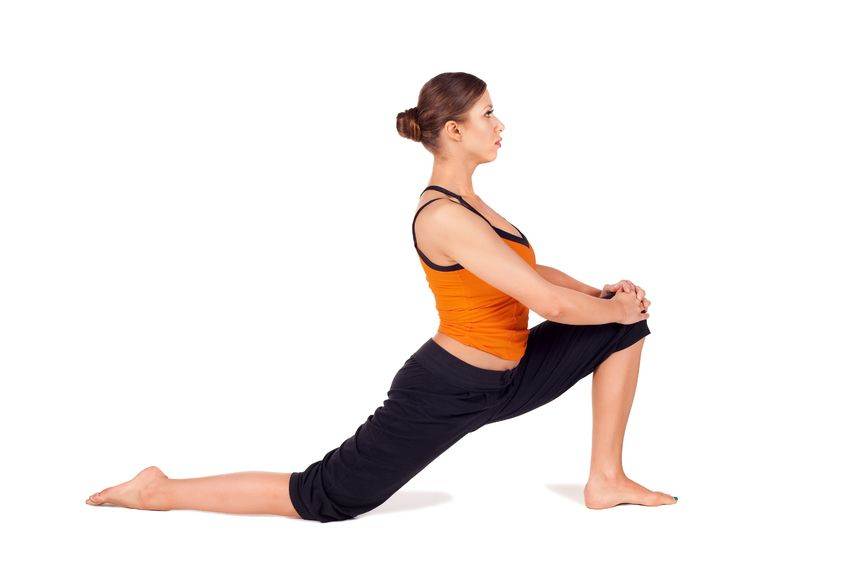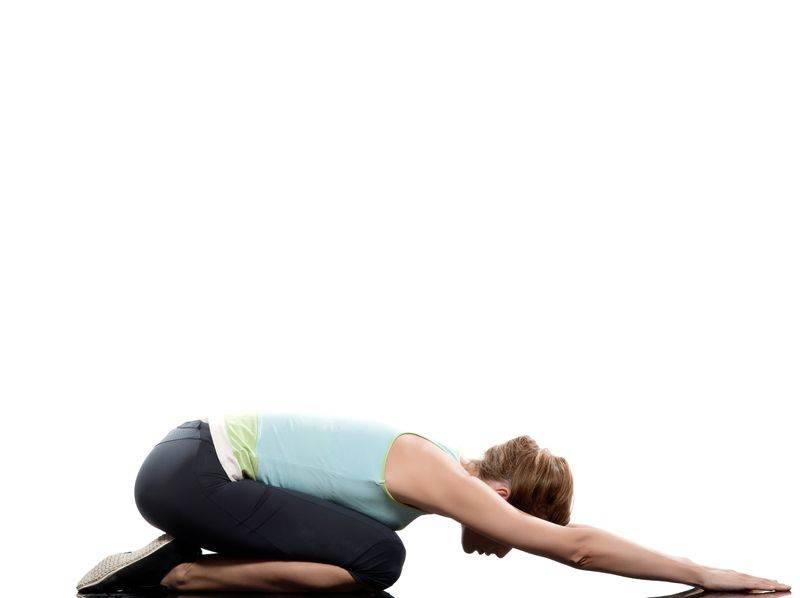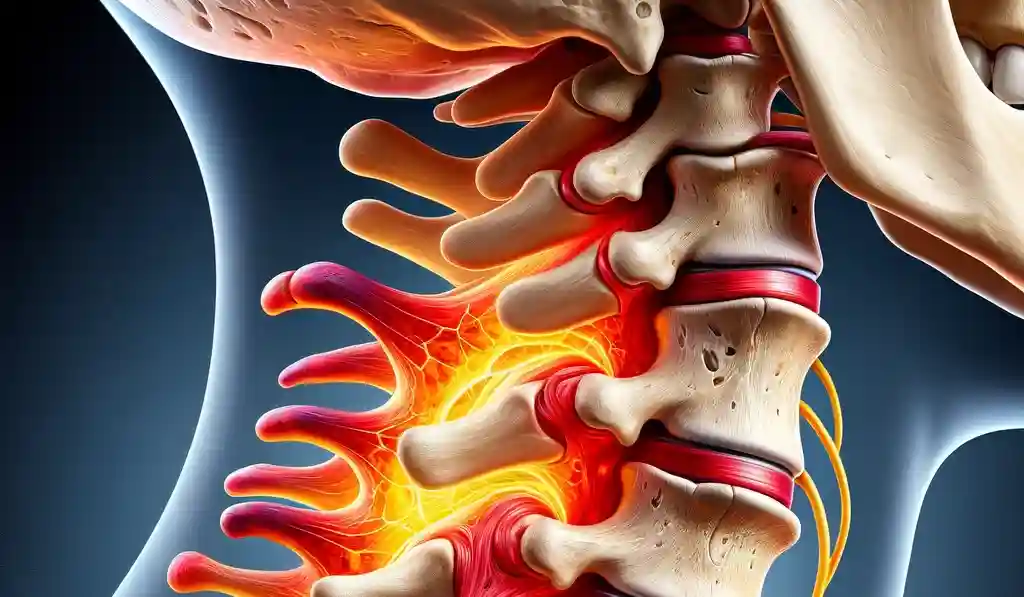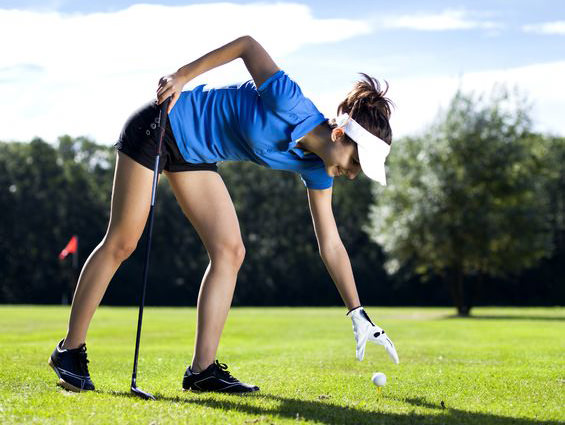Transform Standing Posture | Elevate Confidence & Reduce Pain

Seeking a More Confident and Powerful Presence?
Firstly, improving your standing posture isn’t just about aesthetics; it’s fundamentally about reducing lower back pain and enhancing your self-assurance. This comprehensive guide aims to assist you in achieving a posture that not only radiates confidence but also commands respect.
Understanding the Impact of Posture on Perception and Health
Walking into a room with slouched shoulders and a hunched back can significantly undermine your image and self-esteem. Interestingly, your posture serves as a non-verbal cue that communicates volumes before you even speak. It’s intricately linked to your internal feelings and the external perceptions others have of you.
See Also: How to Improve Posture: 4 Upper Back Exercises
Recognizing Signs of Poor Standing Posture:
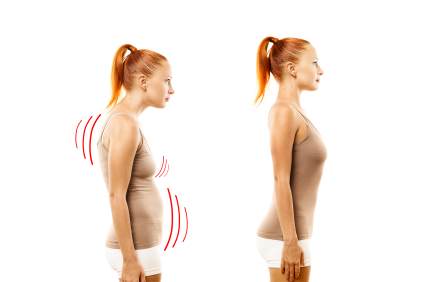
- Weight on Heels: A prevalent posture mistake involves standing with most of your weight on your heels, leading to an exaggerated lower back arch.
- Forward-Leaning Chest and Protruding Chin: Adopting this stance can cause unnecessary muscle strain, resulting in fatigue and discomfort.
Guiding Principles for Ideal Standing Posture
To embody confidence and mitigate back pain, your standing posture should ideally follow these principles:
- Balanced Weight Distribution: It’s crucial to ensure your weight is evenly spread across your feet, from the outer edge to the inner edge and heels.
- Neutral Spine Alignment: Aim to maintain a gentle curve in your lower back, a soft, reverse curve in your mid-back, and a natural neck alignment that mirrors the curve of your lower back.
Addressing Muscle Imbalances for Optimal Posture
See Also: Advanced Posture Exercises For Your Rounded Upper Back
Furthermore, achieving an ideal standing posture involves more than simply standing up straight. It necessitates addressing muscle imbalances around the hip area—this includes strengthening weak abdominal and gluteal muscles while loosening tight hip flexors and lower back muscles.
Essential Steps to Improved Standing Posture:
- Strengthening and Stretching: Focus on exercises that fortify your core and glutes, providing the necessary foundation for a healthy posture. Concurrently, incorporate stretching routines to alleviate tightness in the hip flexors and lower back, promoting flexibility and reducing strain.
Why Improve Your Standing Posture
Elevating your standing posture is a transformative journey that not only enhances your physical appearance but also diminishes back pain and bolsters your inner confidence. By adjusting how you stand and tackling underlying muscle imbalances, you can project an aura of self-assurance and maintain a healthier, more comfortable posture.
To fix your posture you need to change the imbalance of muscles.
Step 1: Stretch:
- Hip flexors are called the psoas muscle.
- Low Back Muscles.
Step 2: Strengthen:
- Butt muscles (Gluteus Maximus mostly).
- Abs (abdominal muscles).
Stretch Your Hip Flexors
- Get in a lunge position with one leg forward bent about 90 degrees.
- The other leg is back with the knee very slightly bent, resting on the floor.
- You should feel the stretch in the front part of your hip.
- Hold for 30 seconds and do 3 sets.
If you do these posture exercises every day your posture should improve. Send us a picture of your “before” and “after” pictures or leave a comment below. Here in our downtown Toronto Chiropractic Clinic, I teach these exercises and much more for our patients.
Stretch Your Lower Back Muscles (Child Pose)
- Get on your hands and knees.
- Sit Back onto your heels with your arms reaching out as far as they will go.
- Your head is straight.
- Hold for 30 seconds – Do 3 sets.
Strengthen Your Gluteus Maximus
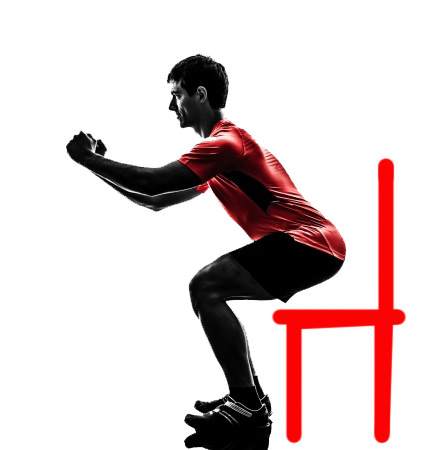
- Stand with your back to the chair.
- Your feet should be shoulder width apart with your knees turned out slightly.
- Stick out your butt as far as you can but keep your lower back arched.
- Touch the chair and come right back up 10X – Do 3 sets.
- Intermediate: Don’t use a chair and bend your knees till your thighs are horizontal.
Strengthen Your Abdominals (Abs)
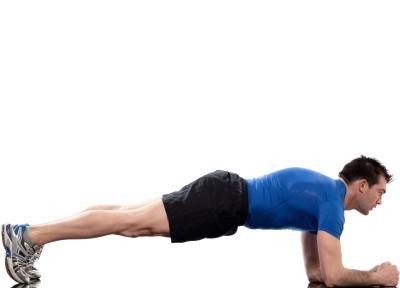
- Lie Face Down.
- Toes together and your arms shoulder width apart.
- Get up on your toes and elbows like in the picture above.
- Your legs and body should form a straight line. Don’t let your butt sag down or come up too high.
- Hold for 30 seconds to start. Hold for up to 1 minute. Do 3 Times.
Please tell us what you think in the comments below and like us on Facebook. This Toronto Downtown Chiropractor will answer all questions in the comments section.
